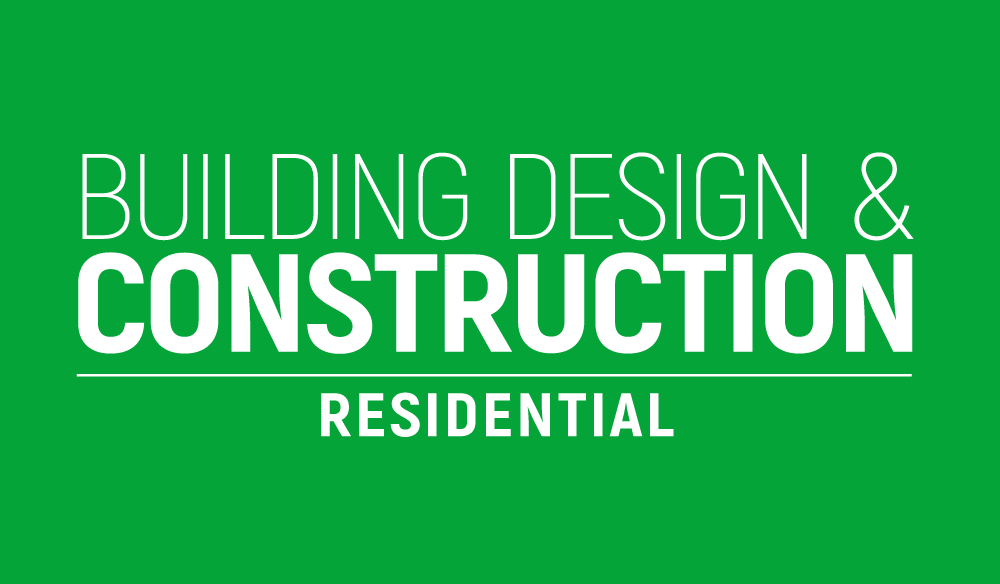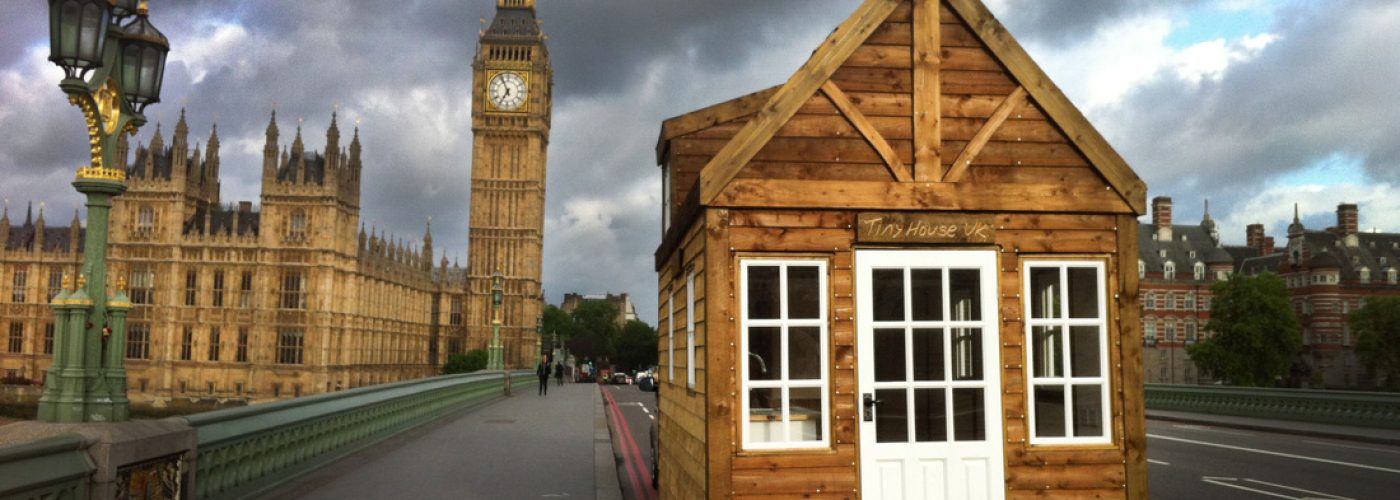The numbers behind the tiny homes movement make compelling evidence for these cost effective and flexible structures to be incorporated into UK housing strategy, claims British PVCu windows and doors manufacturer Euramax.
The company is calling on Government to further discuss the potential of tiny homes and has highlighted that the structures have never been mentioned in parliament, despite housing having been debated 301 times in the last five years.
“According to clean energy switching supplier The Switch, there were 8000 tiny homes built in the UK last year, which, while reflecting high levels of interest in the movement as an aspirational eco-housing goal, is not enough to help the Government meet its targets or reduce homelessness,” explained Nick Cowley, managing director of Euramax.
Tiny homes can be described as residential buildings of less than 400 square feet, and typically feature compact stairs and reduced ceiling heights. They were defined in the 2018 International Residential Code, Appendix Q Tiny Houses and the movement was first named in 1997, in Sarah Susanka’s The Not So Big House.
They are sustainable and mobile and have a low associated cost of ownership, manufacture, and installation. Advocates of tiny homes, such as the architect Mark Burton, believe they could provide lower debt living for students, a step back into housing for the homeless and affordable housing for people struggling to get into the property ladder.
“The only legitimate way of solving our housing crisis is by combining off site built structures, such as tiny homes, as well as off site elements such as pre-built timber frames, pre-built extensions and others, with traditional building enhanced with Industry 4.0 smart technology,” continued Cowley.
Government has only discussed the potential of ‘Offsite Manufactured Housing’ once, in 2017, in the House of Lords, after a question by Lord Kennedy of Southwark. However, the debate was side-tracked into a discussion on land banking, which refers to a property developer buying land and obtaining planning permission to build on it, only to leave it stagnant to artificially raise house prices in the area.
“What is the Government prepared to do to further deal with the problem that supply is low because lenders cannot or will not routinely lend on such properties?” asked Lord Kennedy during the debate.
“They [lenders] do not fully understand the risks, and builders will not build more of this type of housing because mortgage lending is in limited supply, as is home insurance. This type of building has the potential to help to solve the crisis, but more support is needed to help the sector.”
Euramax has gathered the numbers behind the tiny homes movement into an infographic, which illustrates the potential of the movement to help solve the UK homes crisis.






